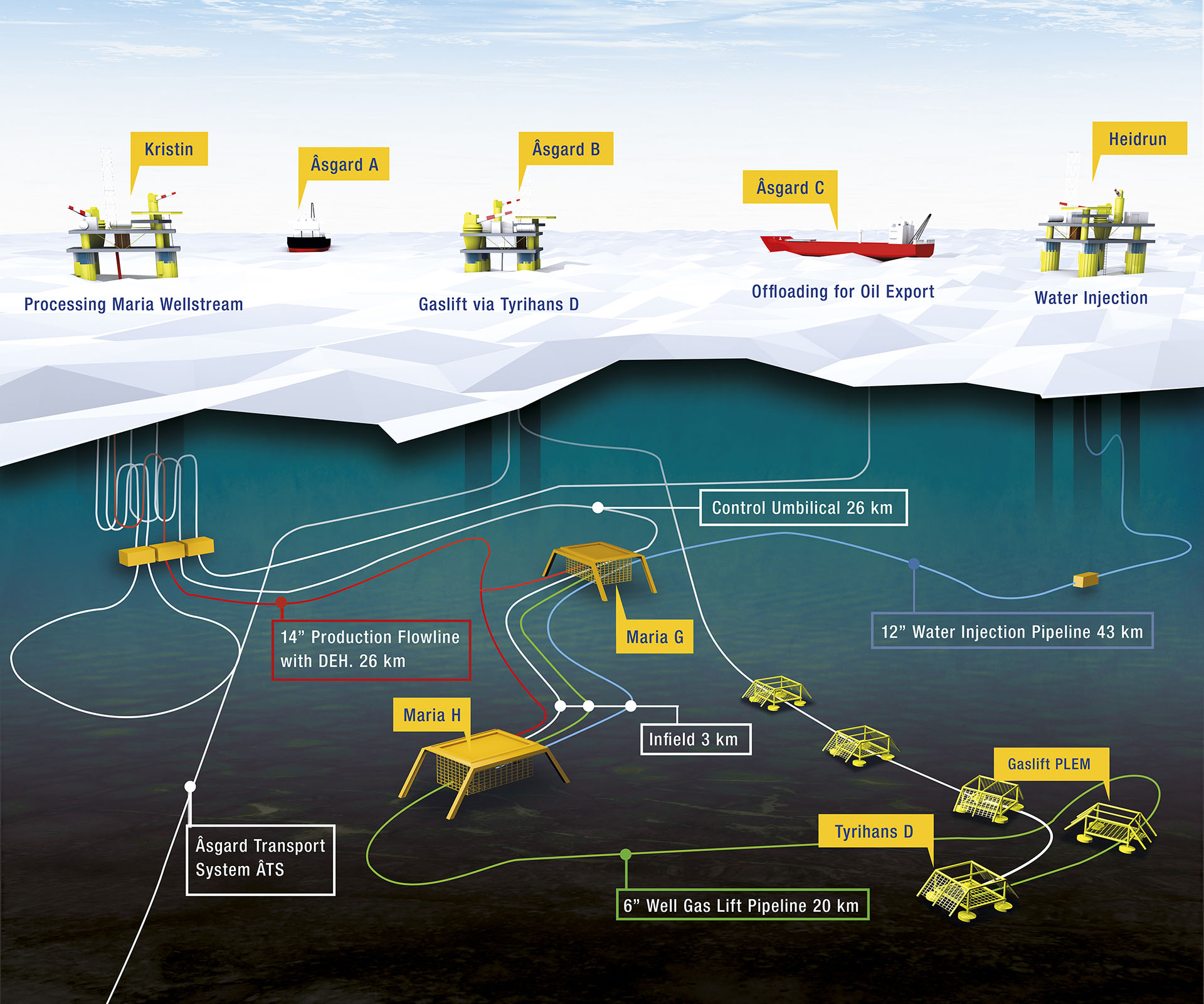The TPA regulations
Agreements on using facilities owned by others to produce, transport or exploit oil and gas are governed by the regulations relating to such use. These third-party access (TPA) regulations aim to ensure efficient utilisation of infrastructure and give licensees good incentives to pursue exploration and production activities.
The TPA regulations specify that a user needing to utilise a facility owned by another party will be entitled to such use on objective and non-discriminatory terms and conditions. However, such use must not be unreasonably to the detriment of the owner's own requirements or of any other user granted the right to use the facility.
Reaching agreement on capacity utilisation in existing infrastructure can be challenging. The TPA regulations contain provisions covering both negotiations and terms of agreement to help implement the process.
Furthermore, infrastructure owners are required to share information so that a user has a sufficient basis for assessing the offer it receives pursuant to the regulations.
The figure below illustrates the Maria field, which provides a good example of a development utilising existing infrastructure from several surrounding fields. Kristin receives the wellstream for processing and onward transport, with stabilised oil sent to Åsgard C for loading into shuttle tankers. Supplies for gas lift are delivered from Åsgard B via Tyrihans, and injection water comes from Heidrun.

Figure 2.26 The Maria field in the Norwegian Sea is an example of utilising existing infrastructure. Illustration: Wintershall Dea.